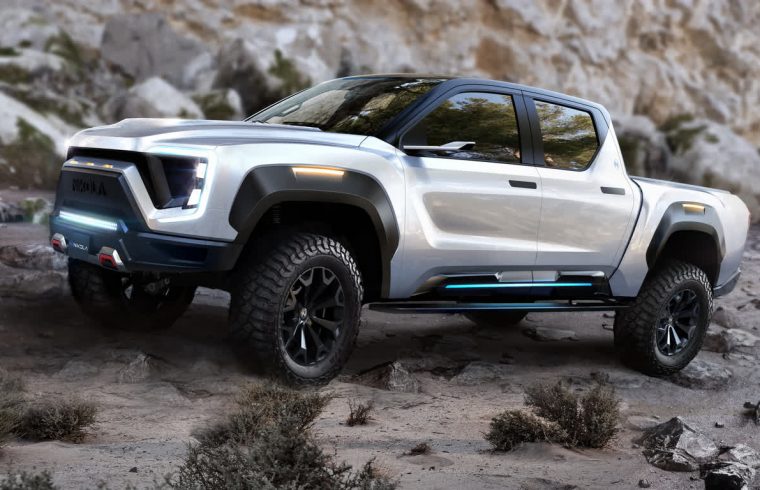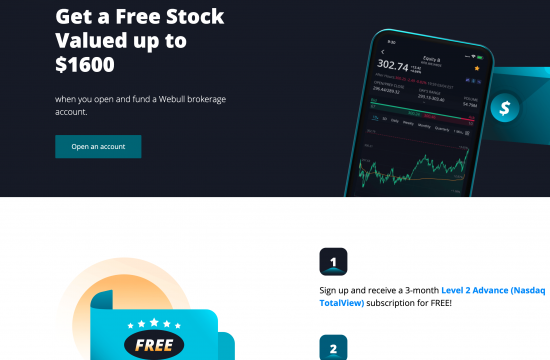The appropriately-named “Nikola Badger.” Possibly the first of several vehicles where Nikola provides the badge and little else.
There’s suddenly a lot of controversy around Nikola (NKLA), and about how much of what it presented in the past was based on fakery. This comes right on the heels of Nikola striking a “partnership” (I, II) with General Motors (GM), so naturally questions are being raised regarding how good GM’s due diligence was, with the deal coming just before the current scandal.
In this article, I hope to show that GM’s due diligence was indeed good, since the deal it struck with Nikola was amazingly unbalanced toward benefiting GM, that Nikola’s actually health and fundamentals aren’t all that relevant. Let’s see…
The GM-Nikola Deal
So, what did GM-Nikola’s “partnership” consist on? Here are the main characteristics and implications for GM:
- Nikola issues and “sells” to GM 47.7 million shares valued at $2 billion ($41.93 per share). Notice, however, that GM “pays” for these shares with in-kind services and licenses, not cash.
- The services and licenses provided by GM include services for engineering, homologating, validating and manufacturing the Nikola Badger light-duty truck (and another vehicle), as well as making use of GM technologies and parts. That is, GM doesn’t pay anything to Nikola, it just develops a vehicle for Nikola to sell with its own badge. GM incurs engineering and development costs as if the vehicles were its own, but gets paid with shares ahead of time for the development costs anyway (even if it got paid zero, it would still only be incurring costs typical for developing a new model). GM also provides technology (batteries, fuel cells) for Nikola’s Class 7/8 trucks.
- Nikola only designs and customizes the vehicles’ upper bodies. The vehicles are based on existing GM platforms. This includes even GM’s battery and fuel cell technology, showing that Nikola had no superior technology of its own coming into this deal – even though at one point the market gave it a $30 billion market cap for its name “and technology.”
- If the vehicle enters production, GM then manufactures it on a “cost plus” basis. That is, GM sells the resulting vehicle at a markup for Nikola to badge. This is a typical OEM relationship. However, GM also gets to keep 80% of the resulting environmental credits from selling the vehicle. Moreover, Nikola pays for the needed capex to enable production of the vehicle. This capex will be $700 million for the first 50k/year capacity. Further charges will be due for any production capacity beyond that.
To summarize the above, what did GM contract with Nikola?
Well, GM will develop a vehicle like it would always do. But instead of selling this vehicle to retail or a dealer network, it will sell the vehicle to NKLA. GM will do this at operating margins equivalent or better than those it would get from selling the car itself.
Wait, How? How can the margins be the same if it’s just an OEM? I hear you ask.
Well the trick is that GM keeps 80% of the environmental credits. First, GM already will sell the vehicles to Nikola at a slight markup, while leaving the task of selling them and servicing them to Nikola. And then it also will get 80% of the associated environmental credits.
You just have to look at the recent Tesla (TSLA) earnings report to understand that environmental credits can, by themselves, constitute an appealing operating margin: Over the last four quarters, environmental credits at Tesla have represented 4.8% of automotive revenues. With selling expenses running on Nikola, these environmental credits plus even a small markup would easily put this GM light-duty truck at or above the typical “major carmaker” operating margin (~4.8-6%%).
Hence, what does GM get from the Nikola deal? It gets either:
- A car sold at a guaranteed profit, with the costs and capex of developing the car as well as manufacturing it all paid by Nikola. All the while, increasing economies of scale for its innovative technologies.
- Or, if the deal fails, it develops another model at its own cost, while still being reimbursed for some development costs (until deal failure).
It’s a deal where GM never loses.
What Does It Also Reveal About Nikola?
This has already been commented upon, but let me put it bluntly:
- The deal shows Nikola doesn’t have any technology of its own, be it battery technology or fuel cell technology.
- The deal also shows that Nikola is willing to forego any possibility of an economic return, just to further the story and pump the stock.
In very obvious terms, this deal shows that Nikola is an empty shell of a company. A special consequence of the actual market we’re in, if you will. That Nikola even exists is a testament to the current stock market’s bubblicious nature.
But for GM this doesn’t matter, as explained above. GM’s executives and lawyers, unlike Nikola’s, were preoccupied with defending GM’s economics and its exposure to risk.
Conclusion
There’s little fundamental downside to GM’s position in its contract (“partnership”) with Nikola, other than perhaps some negative media coverage (reputational risk) written by those who didn’t understand what GM agreed to.
GM clearly did its due diligence. Its due diligence likely saw that Nikola was an empty shell of a company – hence all technology going into these vehicles is GM’s. GM then put together a deal where it couldn’t lose. And Nikola accepted it. Nikola accepted a deal where it’s nearly impossible for it to win, but the market laps up that kind of stuff nowadays.
Don’t blame GM. Its dealing was perfect, considering the situation. And it will be even more perfect if GM puts in place some kind of hedge for the value of the 11% stake it will get from Nikola.
The only reason this deal could be sunk by GM at this point would involve GM being afraid of the reputational risk from associating itself with Nikola.
Idea Generator is my subscription service. It’s based on a unique philosophy (predicting the predictable) and seeks opportunities wherever they might be found, by taking into account both valuation (deeply undervalued situations) and a favorable thesis.
Idea Generator has beaten the S&P 500 by around 5% since inception (in May 2015). There is a no-risk, free, 14-day trial available for those wanting to check out the service.
Disclosure: I/we have no positions in any stocks mentioned, but may initiate a short position in NKLA over the next 72 hours. I wrote this article myself, and it expresses my own opinions. I am not receiving compensation for it (other than from Seeking Alpha). I have no business relationship with any company whose stock is mentioned in this article.












